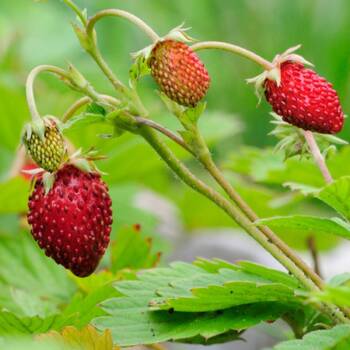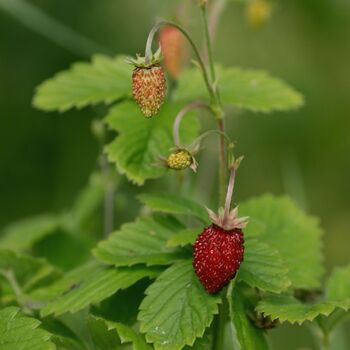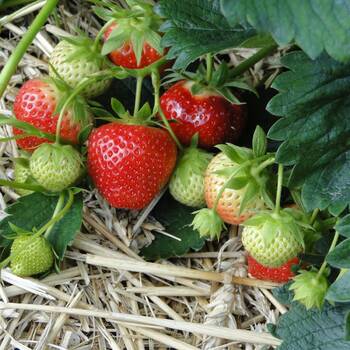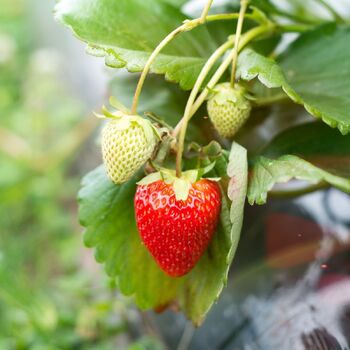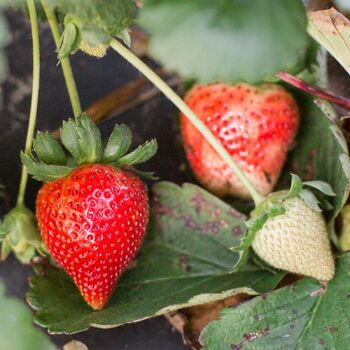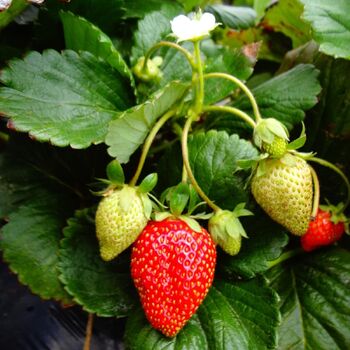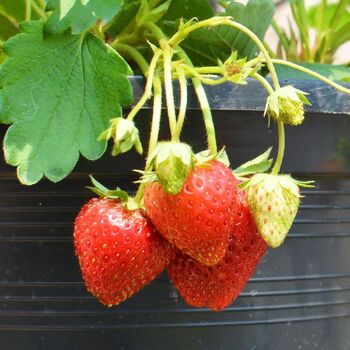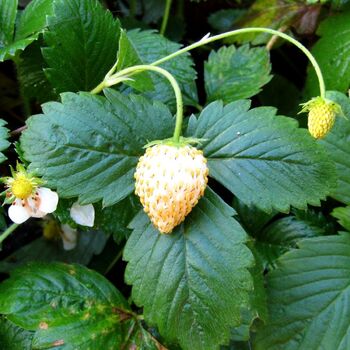Strawberry_
Guides
-
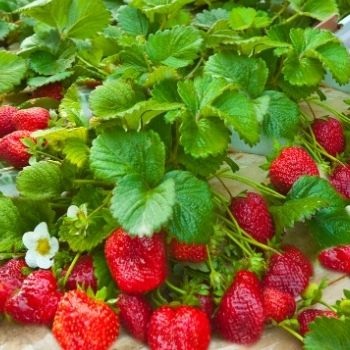
How to Grow Strawberry Seeds
A comprehensive guide on how to grow Strawberry seeds; including soil preparation and position, when and how to sow, when and how to harvest and common pests and diseases. View guide.
-
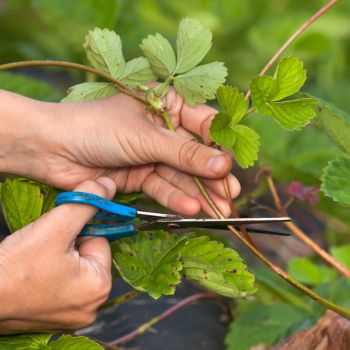
How to Grow Strawberry Runners
A comprehensive guide on how to grow Strawberry runners; including soil preparation and position, when and how to sow, when and how to harvest and common pests and diseases. View guide.
More Related Content
-
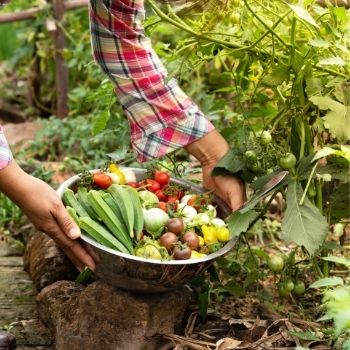
Garden for a Day, Eat for a Decade
This article covers a few edible plants, from herbs to veggies and floral garnishes, which require the least amount of maintenance and are reasonable to grow in zones most climates. Read article.
-
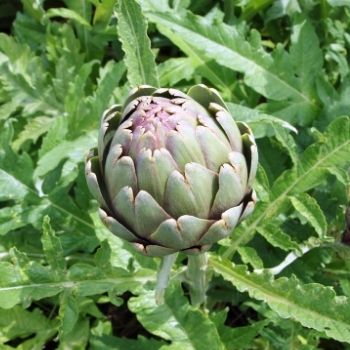
Which Perennial Vegetables Should You Grow?
Perennial vegetables can provide rewarding harvests year after year, and make a great addition to the annual veggies in your patch. Here are just some of the most rewarding types to grow. Read article.
-
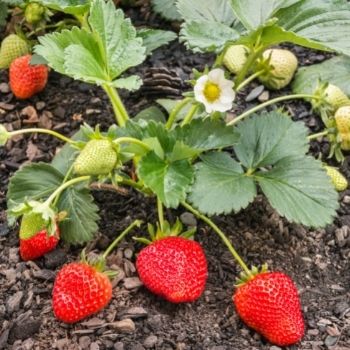
How to Grow Strawberries from Runners
Home-grown strawberries offer unbeatable sweetness and juiciness at a cost far below fruit bought at the supermarket. The quickest way to grow your own is by planting strawberry runners, and here's how it's done. Read article.
-
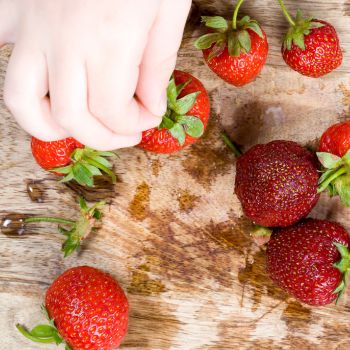
Clever Ways To Use Up All Those Strawberries In The Kitchen
Take advantage of that bumper harvest of strawberries by using them in clever ways in the kitchen. Apart from eating them fresh, strawberries are very versatile and can be used in a wide variety of both sweet and savoury dishes as this article explains. Read article.


